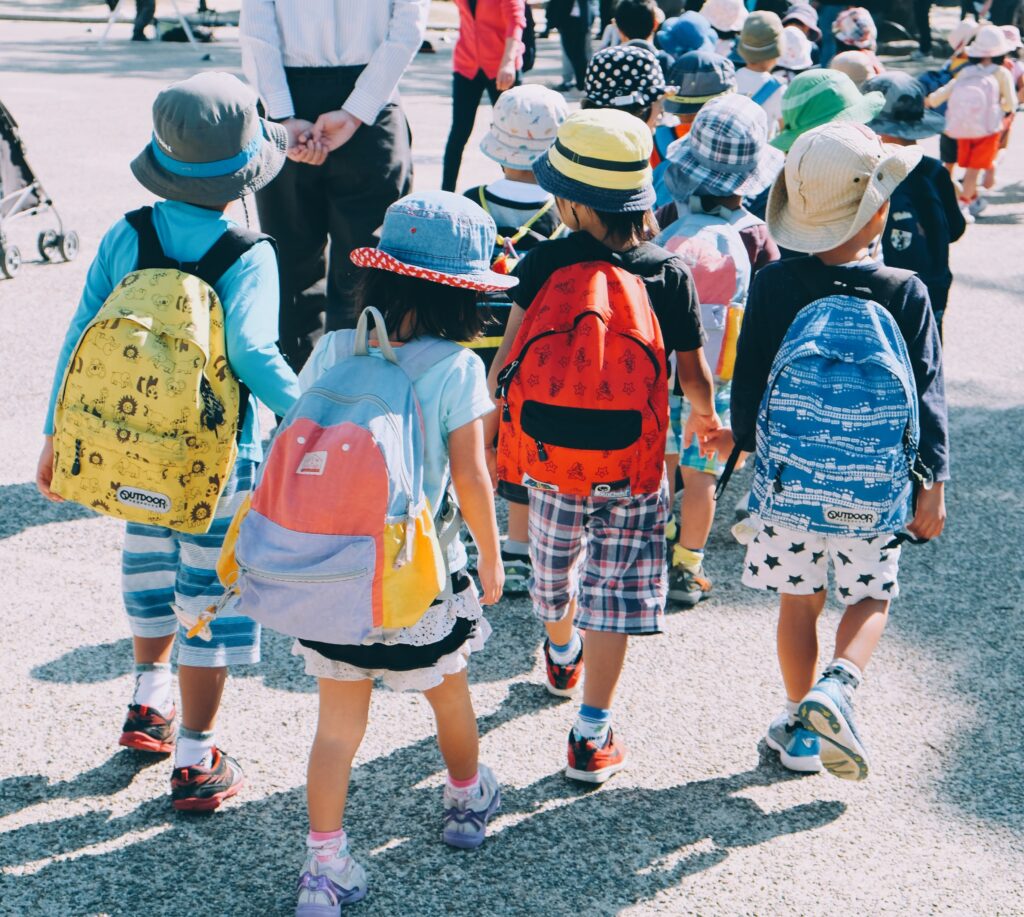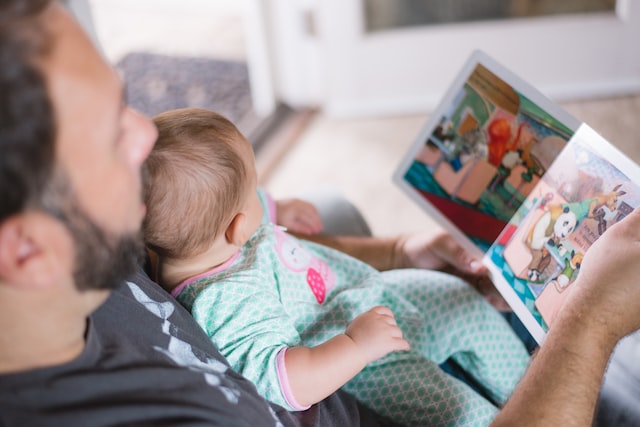EXECUTIVE FUNCTIONS DEMYSTIFIED: STRATEGIES TO IMPROVE ORGANIZATION, TASK COMPLETION, AND MORE
Executive functions encompass a set of cognitive skills that enable individuals to manage and regulate their thoughts, actions, and emotions effectively.
Individuals grappling with executive function challenges often encounter difficulties with disorganization, procrastination, forgetfulness, and an inability to follow through with plans.
Your brain is an Orchestra
Imagine your brain as an orchestra, and the executive functions as the conductor sitting at the very front of the brain (behind your forehead). Just as a conductor directs and coordinates every musician in an orchestra to play harmoniously together, your executive functions oversee and manage various mental processes in your brain.
The conductor (executive functions) decides which instruments (cognitive skills) need to play at what time, sets the tempo, and ensures that every section of the orchestra follows the musical score (your goals or tasks).
When the conductor is skilled and in sync with the orchestra, the music flows smoothly. Similarly, when your executive functions are working well, you can manage your time effectively, solve problems efficiently, control your actions and emotions, and switch between tasks seamlessly.
However, if the conductor is struggling or absent, the orchestra may become disorganized, playing out of tune, missing cues, and generally sounding awful. Similarly, when your executive functions are impaired or challenged, you might become disorganised, make errors, feel overwhelmed and dysregulated leading to a sense of chaos or inefficiency in your daily life.
Types of Executive Functions
– Planning and Organization:
Planning involves setting goals, outlining the steps needed to achieve them, and prioritizing tasks based on urgency or importance. On the other hand, organization involves approaching tasks and information systematically. We all have different internal organizational systems that dictate our thoughts (e.g., using weekdays to conceptualise time), belongings (e.g., organizing clothes by season or colour) and actions (e.g., internalized habits as to how to greet others depending on how well you know them). When we don’t, things feel chaotic and random.
– Self-Monitoring:
Self-monitoring involves assessing one’s performance and progress toward goals. We need to constantly monitor what has just been accomplished and what comes next. For example, if completing a recipe, you need to know what you have done previously to know what step you need to do next.
– Initiation and Task Completion:
Initiation refers to the ability to muster appropriate abilities to motivate oneself to begin a task. In other words, the opposite of procrastination. Then, as the task nears completion, you nedd to evaluate your final output against the initial goal. This evaluation stage involves assessing your performance and identify areas for improvement.
– Flexibility and Adaptation:
To be successful, we need to adjust or adapt our behaviour and output based on changing circumstances or unforeseen obstacles. Cognitive flexibility is therefore the ability to inhibit a previous set of behaviours and then shift strategies or problem-solve in real-time.
– Emotional Regulation:
Emotional regulation involves managing emotions effectively to navigate challenges and maintain focus. Although frustration, stress, and boredom are normal we need to overcome these rather than be consumed by our feelings. Emotional regulation involves acknowledging our emotions and using coping strategies to enable us to accomplish what we need to do.
What can I do about it?
There are several strategies that you can use to accommodate for and to develop your executive functions. Practical ways to do this includes:
- Keep Consistent Routines: Consistency reduces mental load. Develop and stick to routines for daily tasks (for example morning routines, nighttime routines) so that you can have more mental energy and bandwidth for more demanding tasks in your day.
- To-Do Lists and Planners: Create lists of daily or weekly tasks and allocate specific time slots for each task. Use tools like to-do lists, calendars, and planners.
- Prioritize: Learn to prioritize your tasks based on timing, urgency, importance, and other factors. Adjust your priorities to changing situations.
- Keep a tidy and organized space: A cluttered environment adds to your mental load. Regularly plan a time to declutter one part of your home. Make sure that the belongings that you frequently use are always kept in places that makes sense of its use.
- Set Reminders and Alarms: Use technology to set reminders or alarms to prompt task initiation or transitions between activities.
- Mindfulness: Practice mindfulness techniques such as deep breathing, meditation, or mindfulness-based exercises to slow down and enhance self-monitoring and regulation.
- Stop-Think-Go Method: Before taking action, take a moment to pause, assess what needs to be done, consider potential challenges, and then proceed with a clear plan of action.
- Do One Task at a Time: Multitasking is a myth. Do one task at a time and shut off any distractions.
- Breaking Down Tasks: Break down complex tasks or information into smaller, more manageable chunks to prevent overwhelm and facilitate better understanding.
- Visual Aids: Use visual aids, such as color-coding, visual routines, or step-by-step, to enhance organization and memory for next steps.
- Accountability: Engage with a teacher, family member, trusted friend, or colleague, who can offer support, encouragement, and help maintain accountability for task completion.
- Rewards and Reinforcements: Setting specific deadlines and goals and rewarding oneself upon task completion can also reinforce positive behavior.
- Pacing: Taking regular scheduled breaks throughout the day and during tasks can reduce burnout, distractibility and feeling overwhelmed. Many individuals also use the Pomodoro to maximize productivity.
- Keep a journal: Organize your thoughts and ideas in a journal. Make notes of your feelings, needs and emotions.
- Work with a therapist or psychologist: Learn to attend to your body cues and emotions. Learn tools to regulate your emotions and make choices/decisions based on your priorities and values.
Remember that just as a conductor guides the orchestra to create beautiful music, strong executive functions orchestrate your thoughts, emotions, and behaviours enabling you to navigate life’s challenges more smoothly.
Get Help: Neuropsychology Intervention
Are you ready to take the next step in supporting your executive functions? Dr. Leon is an experienced neuropsychologist. Explore our online neuropsychological intervention services today and discover the transformative impact they can have on your life.
Frequently Asked Questions
Why are Executive Functions important?
Poor executive functioning can manifest itself in interpersonal relationships, work environments, and academic pursuits, impeding success and causing frustration. Developing solid strategies to enhance these abilities can improve performance and well-being.
Do I have executive functioning difficulties?
If you find yourself having the following problems, you might have poor executive functioning:
- Having a messy home and often misplacing or losing your belongings?
- Always arriving late and disorganized to meetings/events/activities?
- Feeling easily overwhelmed by daily tasks at school or at work?
- Feeling like you can’t juggle different aspects of your life?
- Frequently avoiding making plans in advance and just ‘winging it’?
- Procrastinating or giving up easily on almost everything?
- Moving from one task/activity/idea/project to another without finishing anything?
- Easily frustrated, stressed or bored by daily tasks?
Are executive functions related to ADHD?
Although executive dysfunction is not a criteria for diagnosis, it is widely recognized that many individuals with ADHD have trouble with executive functions. Those with mental health and cognitive disorders can also experience significant difficulties with executive functioning skills. But more importantly, anyone can benefit from the suggestions in this article, whether to support difficulties or to increase their performance.
Is it possible to have difficulty in one area of executive functions but not another?
Executive functions is a broad umbrella term that encompasses several related but distinct cognitive processes. You can certainly have an isolated deficit in one or two areas, but not in others. This being said, individuals with significant deficits in excutive functions tend to have deficits in almost all areas.
In Summary
Executive functions encompass a set of mental skills that facilitate goal-directed behavior, including abilities like planning, organization, problem-solving, and self-control. Executive functions are the brain’s orchestra conductor which can make beautiful music when coordinated but make things sound chaotic when not. When our conductor is struggling, we need to use external strategies to help us manage tasks, adapt to new situations, and achieve long-term goals in both academic and everyday settings.
Dr. Stephanie Leon
Dr. Leon is a clinical psychologist and neuropsychologist practicing in the province of Ontario and Quebec. She works with children, teens, and their parents to address emotional, behavioural, and cognitive difficulties. Dr. Leon offers online psychology and neuropsychology services through the Leon Psychology Clinic.
Found this helpful? Share with a friend!











